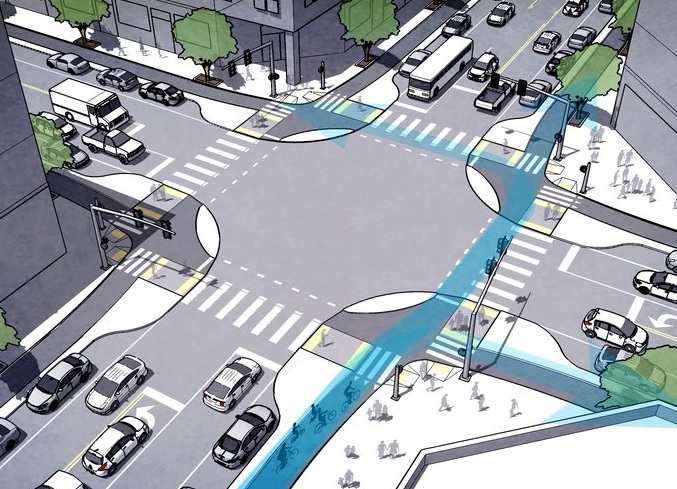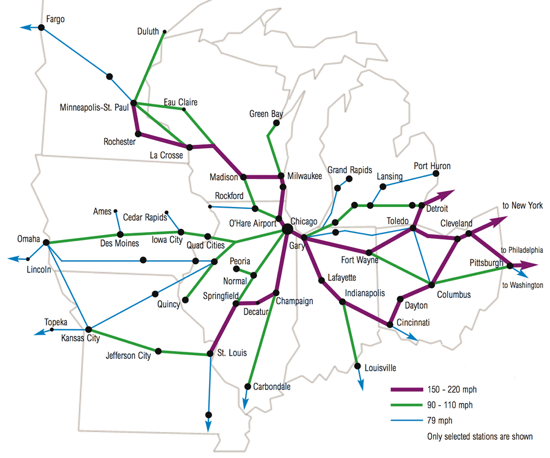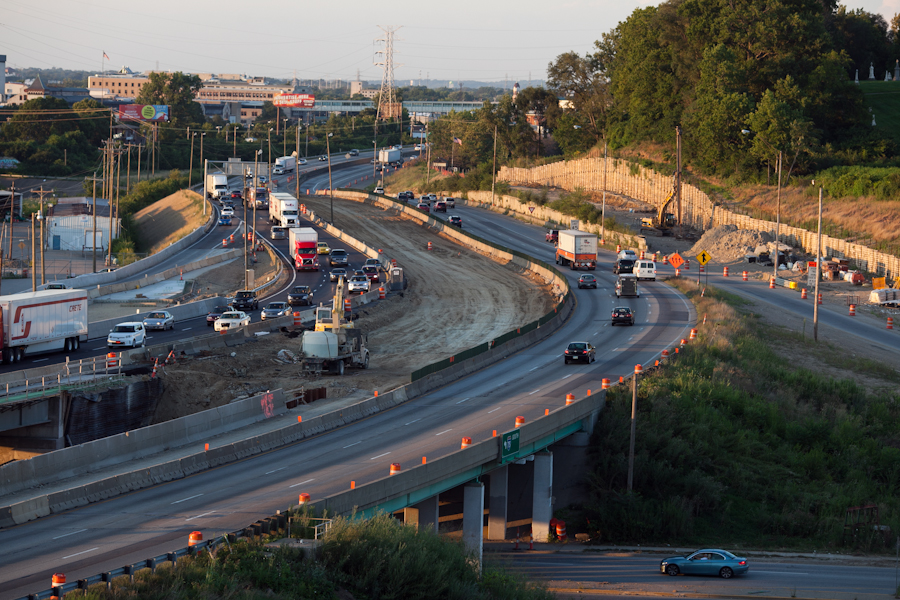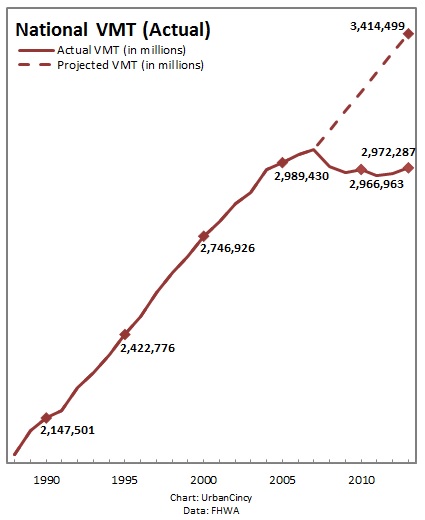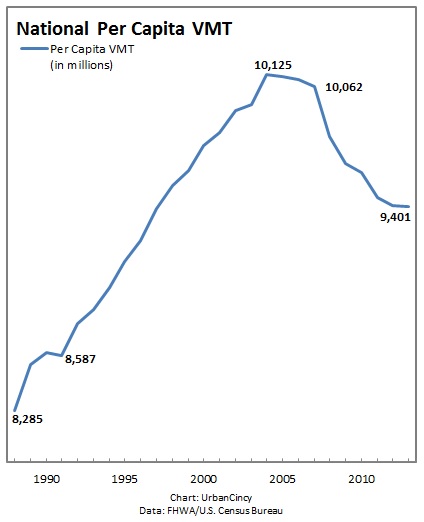The top news story in March 2014 was the arrival of Uber and Lyft in Cincinnati, as two of UrbanCincy’s top articles were focused on their services and what it means for the taxicab industry. Road and bike infrastructure were also in the news, along with a new historic preservation movement bringing people together to save several key buildings.
In case you missed any of them, here’s a look back at our five most popular stories from last month:
- Uber and Lyft to Soon Enter Cincinnati Market
Two ‘ridesharing’ companies are moving into the Cincinnati market. - VIDEO: Are ‘Protected Intersections’ the Next Bicycle Infrastructure Innovation?
As Cincinnati works to expand its bicycling infrastructure with bike lanes and cycle tracks, we may need to include this one additional consideration. - Uber Officials Credit Cincinnati’s Urban Revival, Tech Scene for their Arrival
Uber used geolocation information to learn that there was “pent up demand” for their service in the Cincinnati area. - Snow Accumulation Highlights Cincinnati’s Over-Engineered Streets through ‘Sneckdowns’
Thanks to the large accumulation of snow on city streets this winter, it was easy to tell where roads are over-engineered. - Cincinnati Preservation Collective Draws from Different Backgrounds to Save Buildings
A new group is channeling their effort into saving five buildings of historic significance in Cincinnati.
